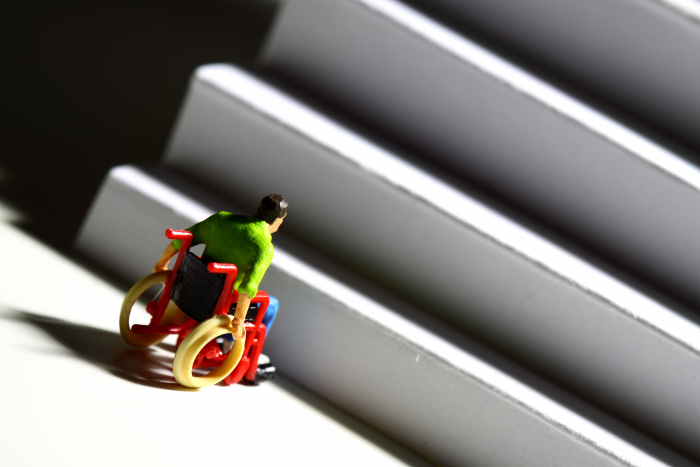Posted: March 11, 2016
A lot of attention has recently been paid to the idea of body image in today’s young people and the goal of raising children who feel comfortable with their appearance. Barbie toys, manufactured by Mattel, have consistently come under fire for the message these dolls could be sending to children about beauty and social expectations. Similarly, the creation of dolls from diverse ethnicities and body types has made a lot of headway in terms of having toys that more accurately represent young girls and women in society, with little to no negative repercussions. Given how strongly society has appealed for fair representation in these areas, featuring toys representing children that have special needs is now just as critical.
So why make a big deal about toys of all things? We genuinely believe that toys are an exceptional tool in teaching children about the world around them. Play therapy can be instrumental in teaching children a wide range of concepts. Just as children can learn how to perform effective life skills through Occupational Therapy, so too can toys be instrumental in opening new doors. An environment of inclusion exists when we rely upon a diverse set of toys representing the widest spectrum of people and images in the world. Without any doubt, this can be critical for breaking down stigmas for children and create greater acceptance for our differences.
Helping children without limitations learn acceptance, while removing stigmas about children who are different isn’t the only benefit of creating toys with ‘special needs.’ There is a very real and powerful feeling that can come from a child having a toy that ‘looks like me.’ The lack of variety in toys, meaning all ‘able’ and none with special needs, sends the message that the world is not built for both. Every child should feel like they have a place in the world, and playing with toys that encompass the spectrum of race and body size should also be paired with toys that feature special needs as well.
Exclusion through omission is a real thing. The creation of minor tweaks to reflect the minor adaptations some people, including children, require promotes a realistic view in the world; there’s an equally troubling message put forth by the idea toy makers cannot develop and produce toys that showcase the real variety that exists in form and function. Developing a wheelchair element featured in toys or making adaptive equipment an add-on should not be difficult – in fact, the only thing that would prevent such a thing is a limit in imagination for toy makers or a lack of interest in doing so.
The good news is that change is happening. We have recently featured a number of instances wherein certain manufacturers, including LEGO, have seen the need to do more. Clothing manufacturers have also stepped up their offerings to include more accessible outfits for children with special needs. These are all good things. The next step, though, must be for these trends to become a mainstay from our retailers moving forward.
For more information on issues including inclusion, advocacy, resources for children with Cerebral Palsy and more, call us at (800) 462-5772 or fill out our online form. Our care team is happy to speak with parents about their child’s unique needs and how we can help five days a week, 9-5 EST.






